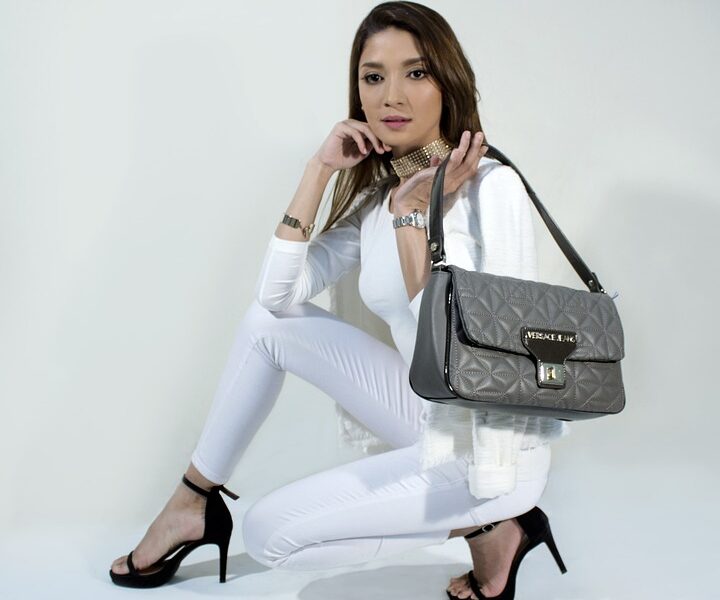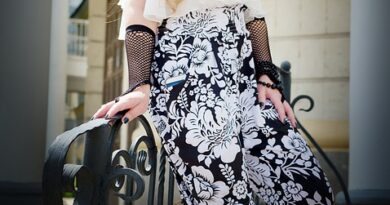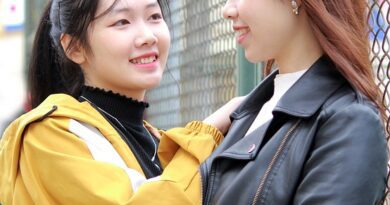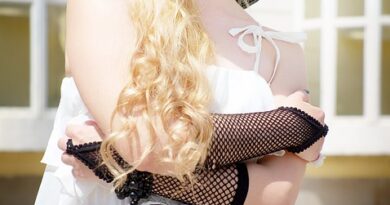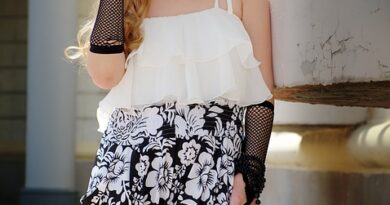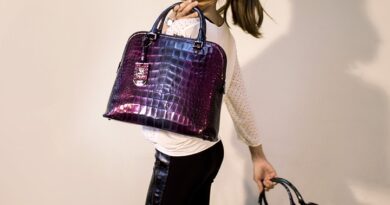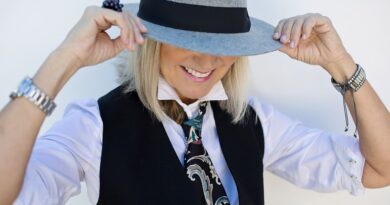From Pantsuits to Pumps: A Look at the Evolution of Women’s Professional Wear
For centuries, women have faced challenges trying to establish themselves in the professional world. A significant part of this challenge includes the expectation of professional dress codes in the workplace. Women’s professional wear has undergone a tremendous transformation, starting from the days of pantsuits to pumps. This evolution of fashion has been fueled by the changing societal norms of gender roles, and the need for women to make a statement of their own in the working environment.
In the 19th century, Victorian England, women’s professional wear was strictly defined. Female professionals, such as teachers and nurses, were required to dress in practical yet modest clothing that could be spotlessly clean. This meant long, flowing skirts and layers of petticoats, which made it challenging to move around. As the years progressed into the early 20th century, women began to demand more comfortable and practical clothing that allowed them to work with more ease. Thus, pants were slowly introduced into women’s professional wear. Women’s pantsuits became the symbol of the feminist movement, as women pushed to break down the gender role constraints.
The 1960s was the turning point in the journey of the casualization of women’s professional wear, as the youth-driven counterculture challenged the conventional dress codes. Women started wearing chic pants in the workplace, with both form-fitting and wide-legged designs. Companies started to allow women to wear trousers to work, although they were still predominantly seen in the traditional skirt or dress. This preference continued into the late 1970s, and women’s professional wear began to take on a more androgynous look.
Towards the end of the 20th century, women’s professional wear experienced another shift as the global economy changed, and women started to take up more senior roles in corporate organizations. The idea was to dress up in a way that would project strength, class, and sophistication. This led to a new trend focused on lean silhouettes, such as power suits and dresses, along with pointed high heels to create a confident professional look. Bright colors, interesting patterns, and textures in clothing items allowed women to express their individuality while maintaining a professional look.
In recent years, women’s professional wear has undergone significant improvements as designers have started to create tailored pieces that complement a woman’s figure while still offering practicality. Dress codes have become less rigid, and women have found ways to incorporate their personal style into their professional wardrobe. Today, women can wear anything from a smart pantsuit to a colorful blouse with stilettos and still feel confident, professional, and comfortable.
In conclusion, the evolution of women’s professional wear mirrors the rise of women’s emancipation from the patriarchal norms of the past centuries. From the modest Victorian dress to the androgynous pantsuit, professional wear has undergone tremendous transformation to satisfy the needs of the new world. As women continue fighting for gender equality, their professional wear will continue to evolve, and who knows what we will see in the next decade.
